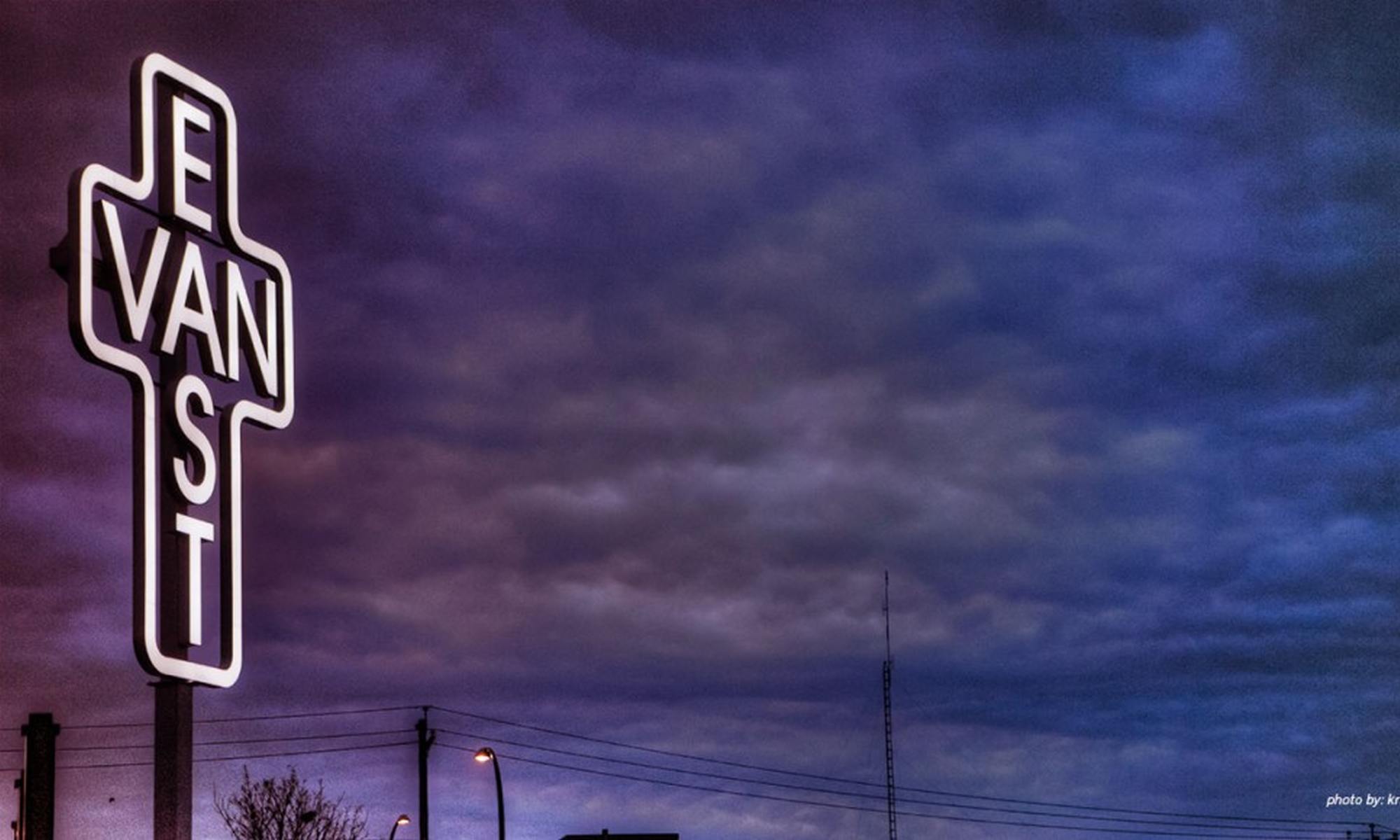The History of the East Van Saints Gang of Vancouver
Origins and Formation
The East Van Saints emerged in the late 1980s amid the economic and social struggles of East Vancouver, an area long associated with working-class families, immigrants, and a high concentration of street crime. The gang was initially composed of young men of various ethnic backgrounds who grew up in the same neighborhoods, often in marginalized communities where organized crime provided a sense of belonging and financial opportunity.
Rise to Prominence
By the early 1990s, the East Van Saints had evolved from a loose group of street hustlers into a more structured criminal organization. They were involved in drug trafficking, extortion, and violent territorial disputes. Their main rivals included other local gangs such as the United Nations gang, the Red Scorpions, and elements of the Hells Angels, who controlled much of Vancouver’s organized crime.
The East Van Saints gained notoriety for their aggressive tactics in maintaining control over drug distribution networks in areas like Hastings Street, Commercial Drive, and Kingsway. They were known for their use of extreme violence, including targeted shootings, to eliminate competition and enforce loyalty within their ranks.
The 2000s: Expansion and Law Enforcement Crackdown
Throughout the 2000s, the gang expanded its operations beyond Vancouver, forging alliances with other criminal organizations, including Triads and South American drug suppliers. Their access to high-quality narcotics, particularly heroin and cocaine, made them a key player in Vancouver’s illicit drug trade.
However, their rise in prominence also attracted increased attention from law enforcement. The Vancouver Police Department (VPD) and the Royal Canadian Mounted Police (RCMP) launched multiple investigations into the gang’s activities. Major arrests in the mid-2000s disrupted their leadership structure, but younger members continued the gang’s operations.
The Fentanyl Crisis and Decline
The 2010s marked a turning point for the East Van Saints. As the opioid crisis worsened in British Columbia, the gang became heavily involved in the fentanyl trade. While this brought immense profits, it also led to increased scrutiny from authorities and a surge in overdoses that put the public spotlight on the gang’s role in the crisis.
Internal conflicts also contributed to their decline, as members clashed over leadership and profit distribution. Many were arrested, killed in internal disputes, or became informants to avoid long prison sentences. By the late 2010s, law enforcement had dismantled much of the gang’s infrastructure, leading to a significant reduction in their influence.
Legacy and Ongoing Presence
Although the East Van Saints are no longer the dominant force they once were, remnants of the gang still operate in Vancouver, primarily in smaller factions or as part of other organized crime groups. Their legacy is intertwined with the broader history of gang violence in British Columbia, serving as a cautionary tale of the cycle of crime, poverty, and law enforcement crackdowns that define the region’s underworld.
Despite the fall of the East Van Saints, gang activity remains a persistent issue in Vancouver, with new groups emerging to fill the void left by the old ones. The struggle between law enforcement and organized crime in East Vancouver continues to shape the city’s criminal landscape.


